Polar Pacer Pro review: A blast from the past
The Pacer Pro feels familiar and reliable but Polar needs to try harder if it wants to keep up with the ever-increasing competition
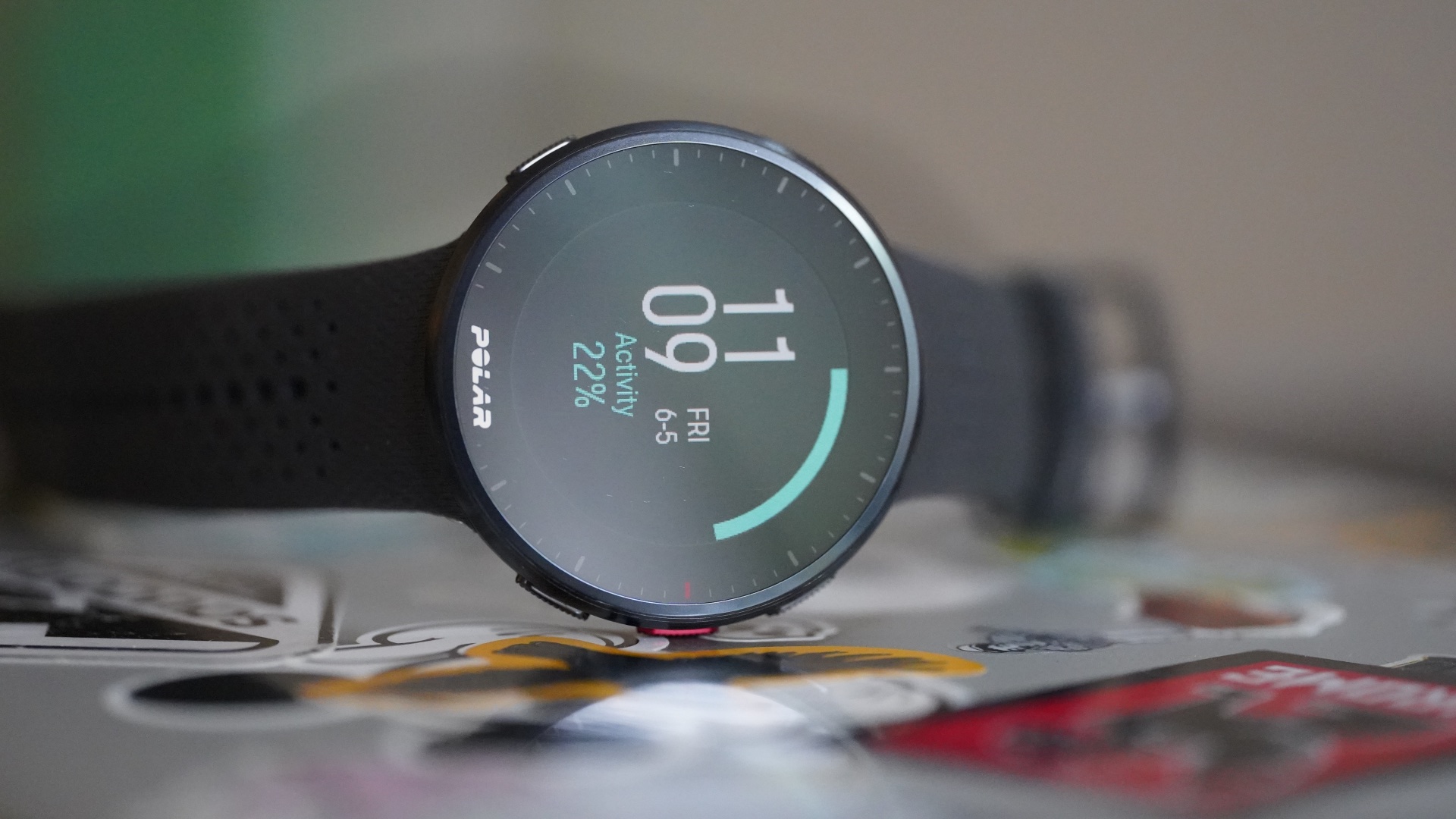
The Pacer Pro is an old school fitness wearable that heavily relies on people knowing and loving Polar's design and user interface. In this day and age, boasting about memory in pixel screen and 5-day battery life is also questionable. However, the Pacer Pro is a decent multisport watch so if you need one of those, consider buying this watch.
-
+
Screen is visible in broad daylight
-
+
GPS picks up comparatively fast
-
+
All the tests from the Vantage V2 are present (minus the Orthostatic test)
-
+
New Walking test is unique to the brand
-
+
Works well as a cheap(ish) multisport watch
-
-
Design and UI feel dated
-
-
Battery life is not mind-blowing
-
-
It's not as 'cool' as other watches in 2022
Why you can trust T3

Polar Pacer Pro review TL;DR: The Pacer Pro is a decent mid-range multisport watch, but it looks and feels like it's from 3-4 years ago. At least it's accurate and lightweight.
As someone who's into performance sports (to some degree), I always appreciated the features the best Polar watches have to offer. When I think of the Finnish brand's running watches and triathlon watches, what comes to mind first is the robust recovery features these watches have. Not to mention the myriad of tests you can perform using watches such as the Polar Vantage V2 or the Polar Grit X.
From this perspective, the Polar Pacer Pro is a great watch, and it fits nicely into the existing Polar watch lineup. It replaces the Polar Vantage M2 as the 'second best' Polar watch for runners and cyclists and adds a brighter screen, faster processor and even a new test to measure VO2 max, all for a reasonable price.
However, the Pacer Pro is far from being an innovative watch when you look at the wider running and multisport watch market. There are cheaper (and more capable/prettier) running watches with AMOLED screens and longer battery life; why would you choose the Pacer Pro over these?
Read on to find out.
Polar Pacer Pro review: Price and availability
The Polar Pacer Pro was announced in April 2022 and is available to buy now directly from Polar US, Polar UK and Polar AU for a recommended retail price of $299.95/£259/AU$499.
The Polar Pacer Pro comes in one size only and should fit anyone with a wrist circumference of 120-210 mm.
Polar Pacer Pro review: What's new
The Pacer is not a new franchise for Polar, although the previous Pacer iteration is from 30 years ago, so there is no point in comparing the new Pacer Pro with that watch. The closest match – and the model the Polar Pacer Pro replaces – is the Vantage M2, and I'm going to compare these two watches.
The Pacer Pro has a brighter screen, faster processor and improved – or, more like, optimised – battery life. It's also slightly lighter than the Vantage M2 and has more features, including the Running Performance Test, Cycling Performance Test and the new Walking test.
Other features found in the Pacer Pro but not in the Vantage M2 are HillSplitter, route and elevation profiles, barometric sensor, compass and running power measures on the wrist without any external sensors.
Note that both watches cost the same, rendering the Vantage M2 essentially obsolete at this point unless Polar drops the price significantly.
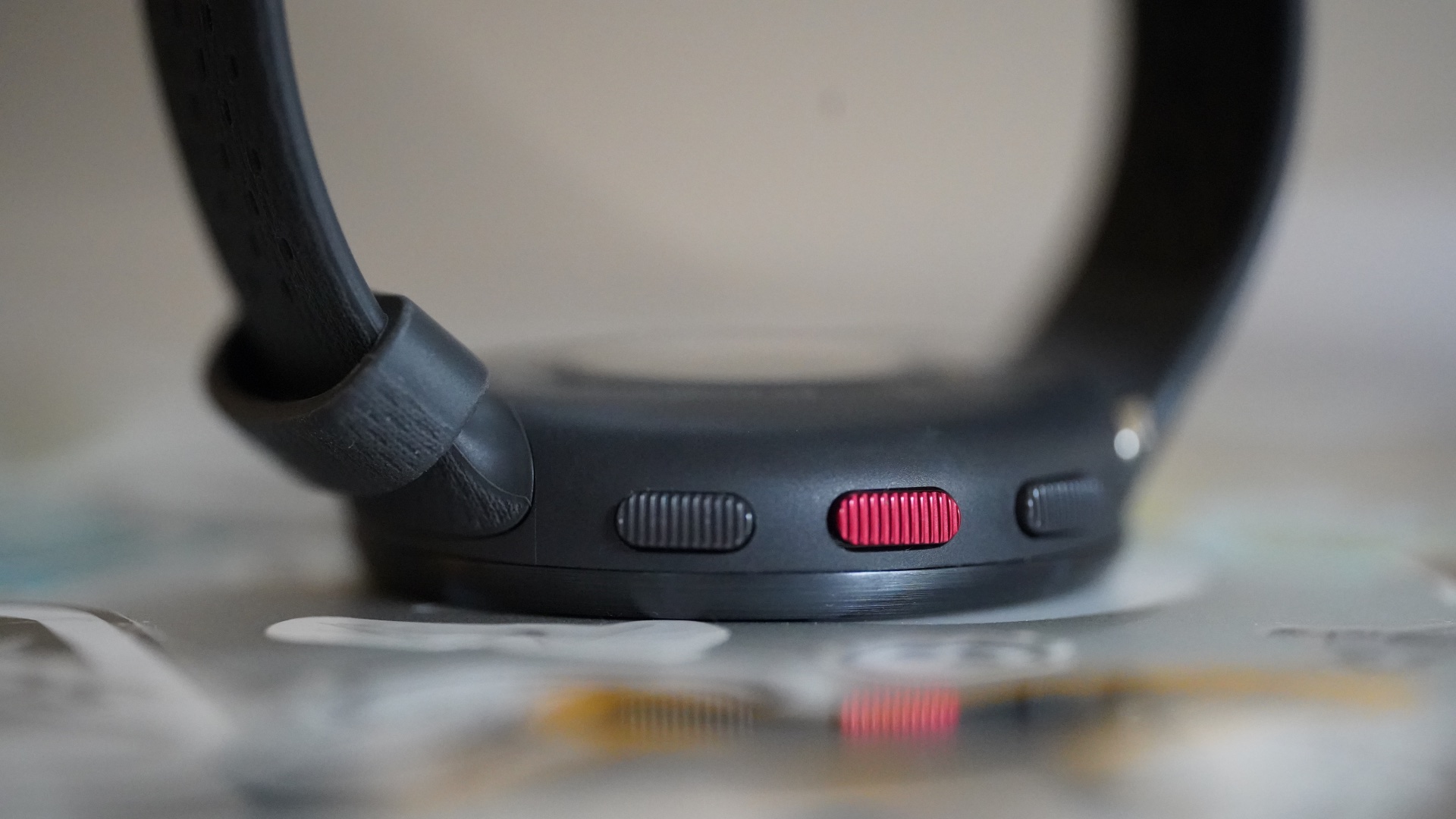
Polar Pacer Pro review: Build quality and physical design
The Polar Pacer Pro has an improved physical design compared to other Polar watches. The main appeal is the brighter MIP (memory-in-pixel) display that's also more energy-efficient. MIP screens are not new technology and quite frankly, a bit dated in 2022 when most big performance wearable manufacturers started rolling our AMOLED watches. It's 1.2 inches in diameter and has a resolution of 240 × 240 pixels.
The display is protected by a Gorilla Glass 3.0 lens. The watch can only be operated via the five physical buttons located on the edge of the plastic watch case. The bezel is made of aerospace-grade aluminium, making the Polar Pacer Pro a light watch: it weighs only 41 grams.
The Precision Prime optical heart rate sensor is the same as the one found on the back of the Vantage M2; it has 10 LEDs across a range of wavelengths and 4 light detectors to pick up the light returning through your vessels. The unit also includes skin proximity sensors so the watch knows when it's in the correct position to read heart rate.
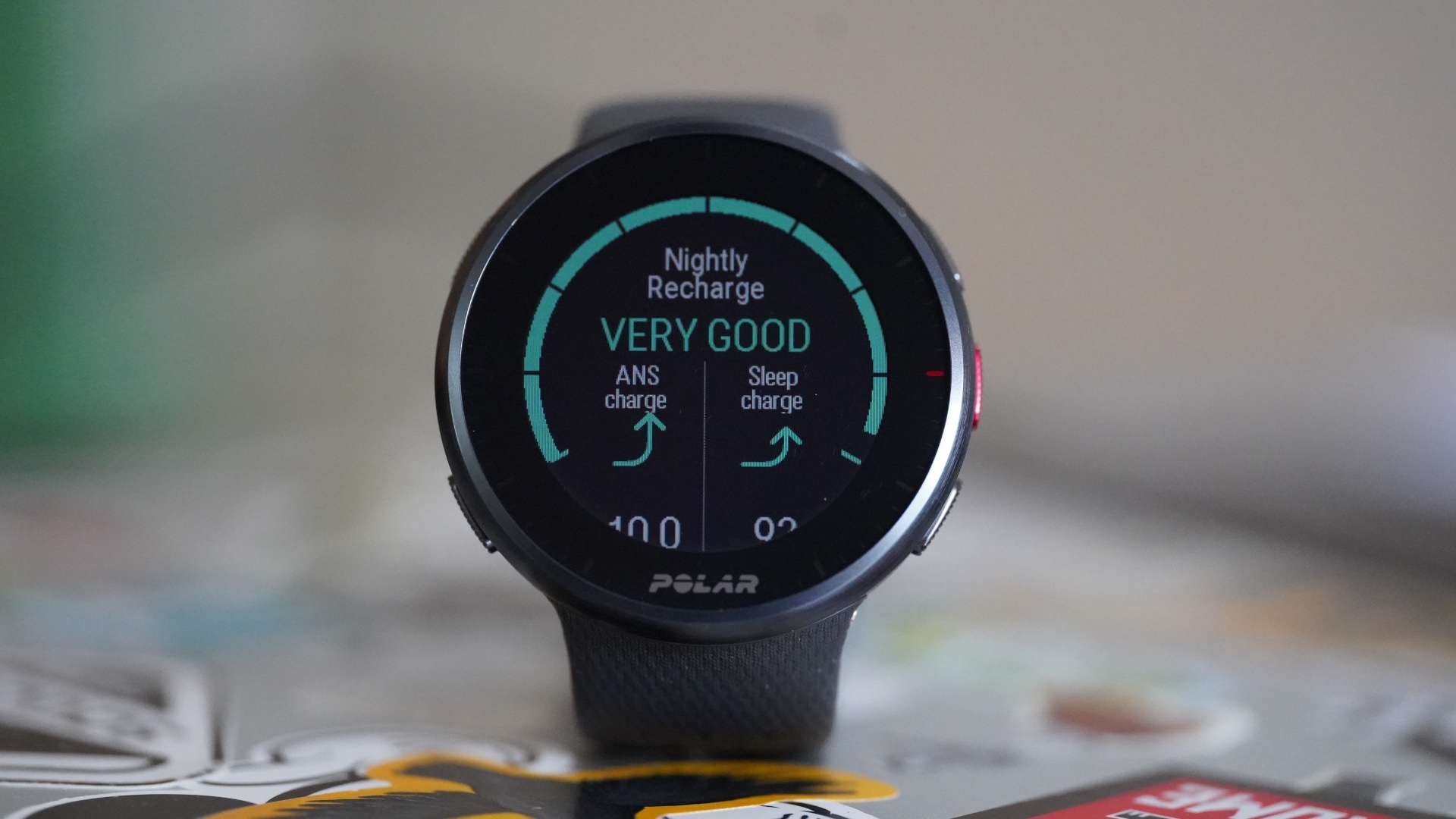
Polar Pacer Pro review: Features
The Pacer Pro has almost all the features of the flagship Vantage V2 model and even adds a few new ones.
What's new is the Walking test (more on this below), turn-by-turn guidance (via Komoot), HillSplitter (previously only available on Vantage V2 and Grit X), compass, and running power on the wrist.
You also get Training Load Pro (measures how your current training regime affects your fitness), energy source (estimates how much carbs/fat you burn with the workout), FitSpark (recommends training based on your workout history) and FuelWise (set reminders to take food in certain intervals).
As for tests, the Pacer Pro has your standard Fitness test that measures VO2 max while resting – admittedly, the most convenient way of doing it – and adds running and cycling tests, previously only available in the Vantage V2. The Orthostatic and the Leg recovery tests are still Vantage V2 only. To be fair, I still don't quite understand what the Orthostatic test is for, so it's not a big loss.
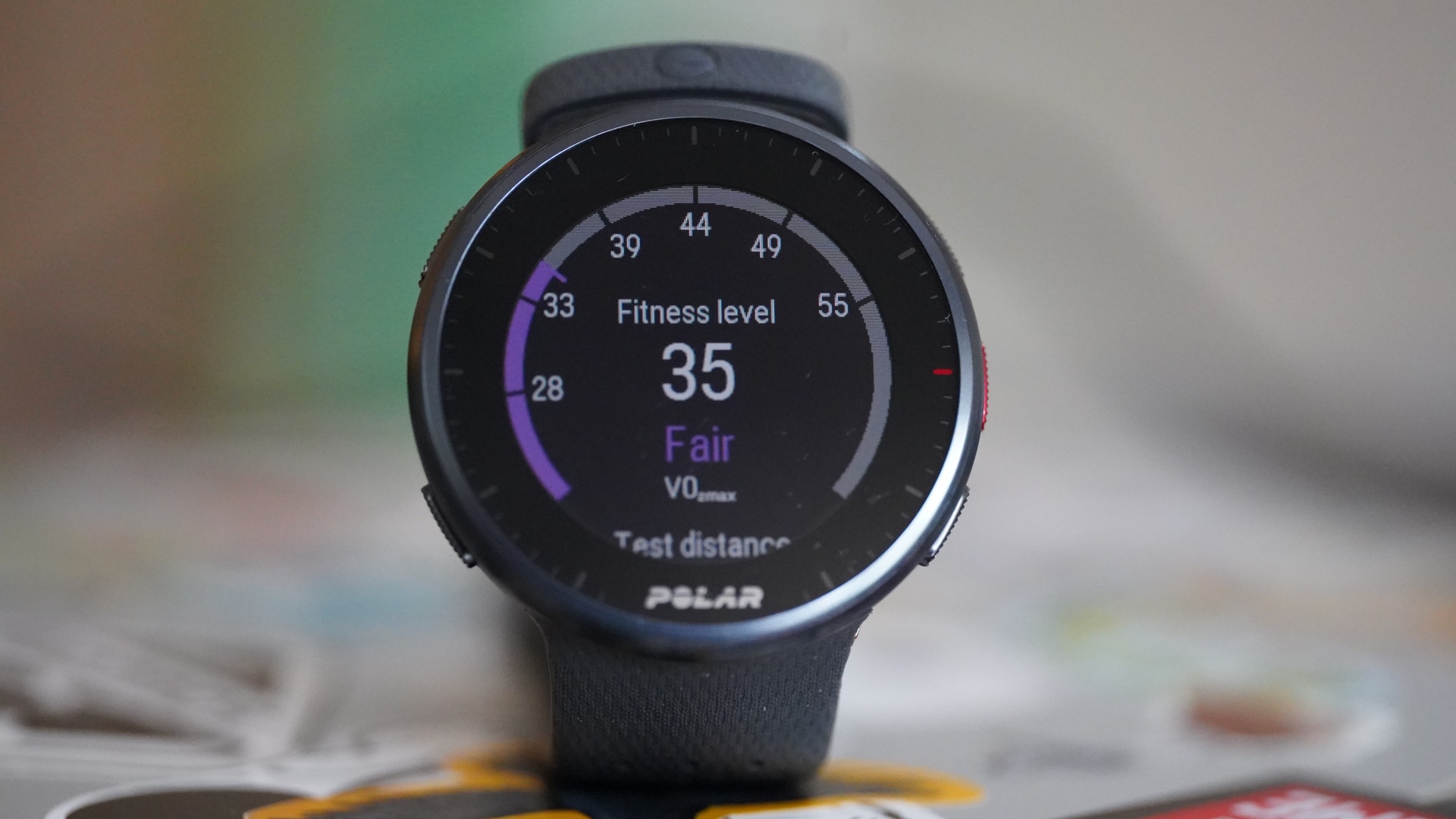
Polar Pacer Pro review: New feature – Walking test
I was most excited about the Walking test feature when I first heard about the Polar Pacer Pro; what a great way to measure VO2 Max! I was out doing my Walking test the same day I got the watch.
The Polar Walking test is supposed to be a simple process: you walk a few minutes to warm up, then speed up – still walking – to match the heart rate requested by the watch. The test takes around 15 minutes, and you get a VO2 max estimation instantly.
In reality, doing a Walking test is a bit more... nuanced, so to say. The issue is that it's not easy to get and keep the heart rate up to the requested level after such a short warm-up period. I walk and run a lot, so my heart is used to it, meaning my heart rate won't spike after two minutes of walking.
Nevertheless, the Pacer Pro wants it to, so you walk faster and faster until you're nearly jogging, at which point the watch tells you to stop running. This, in turn, lowers the heart rate, so you speed up again. You repeat the process until the time's up.
None of this would be an issue, but since you can never really sustain the optional heart rate, the VO2 max results are skewed. I was given a VO2 max of 35ml/kg/min based on my Walking test, which is way lower than what it actually is. Compare this with the 61ml/kg/min I was given after conducting a Fitness test later the same day. Not quite the same.
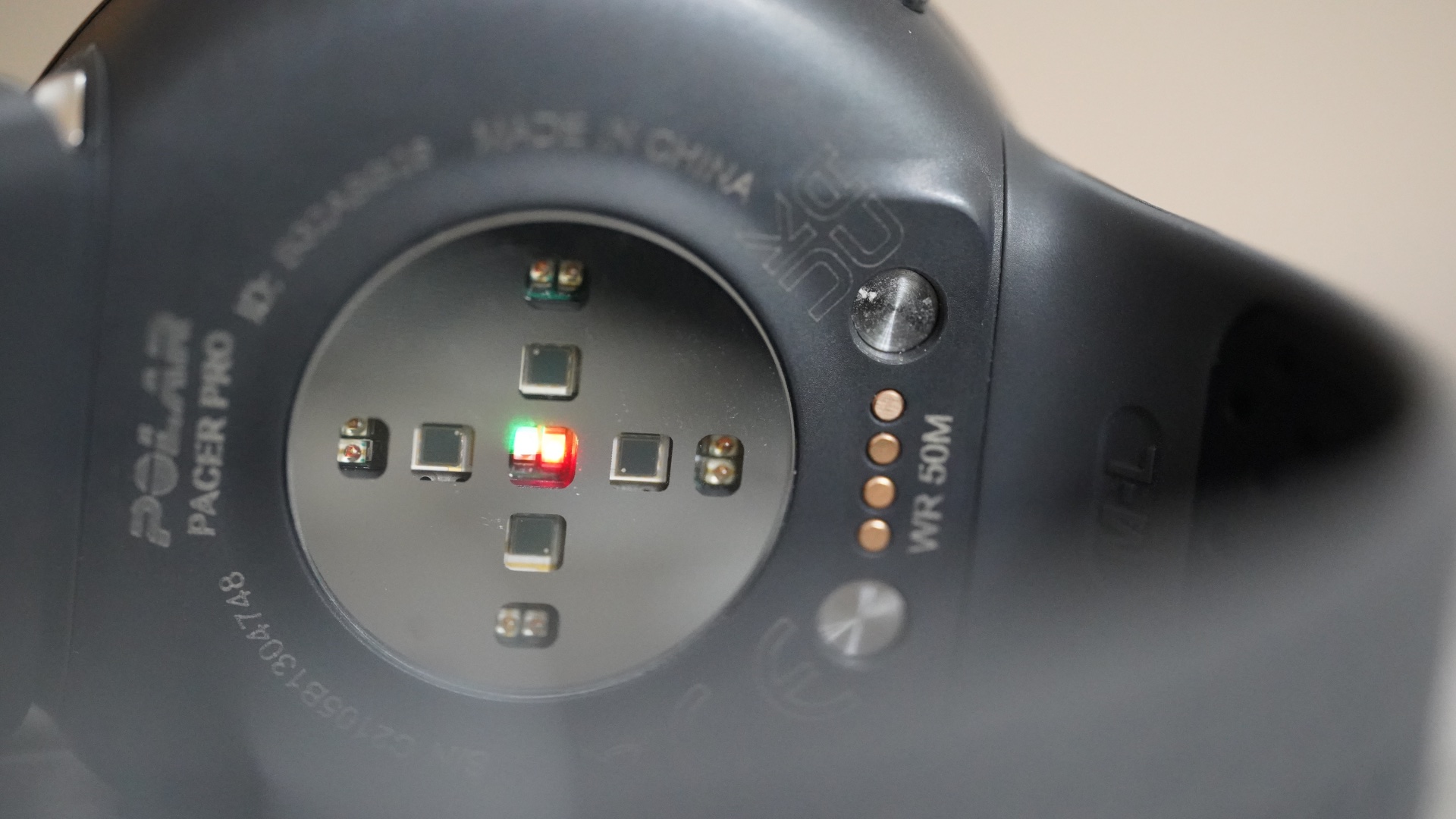
Polar Pacer Pro review: Heart rate and data accuracy
The Pacer Pro uses the same LED layout as the Vantage M2; the Precision Prime sensor is renowned for its accuracy, and I experienced no issues with the Polar Pacer Pro's heart rate readings. As a benchmark, I wore the Garmin Fenix 7X on my other wrist, and the results were very close.
Thanks to this accuracy, the Pacer Pro provides reasonably precise data via the Polar Flow app. Thankfully, the app's dashboard has been slightly redesigned, and it now provides a glance view of the main stats instead of that confusing line/pie chart setup.
Thanks to this new dashboard setup, it's easier to locate the different sections and check your sleep score, training and recovery status in the app. Polar watches are great for tracking sleep and recovery, and the Pacer Pro follows suit; it's one of the best watches to monitor rest and recovery.
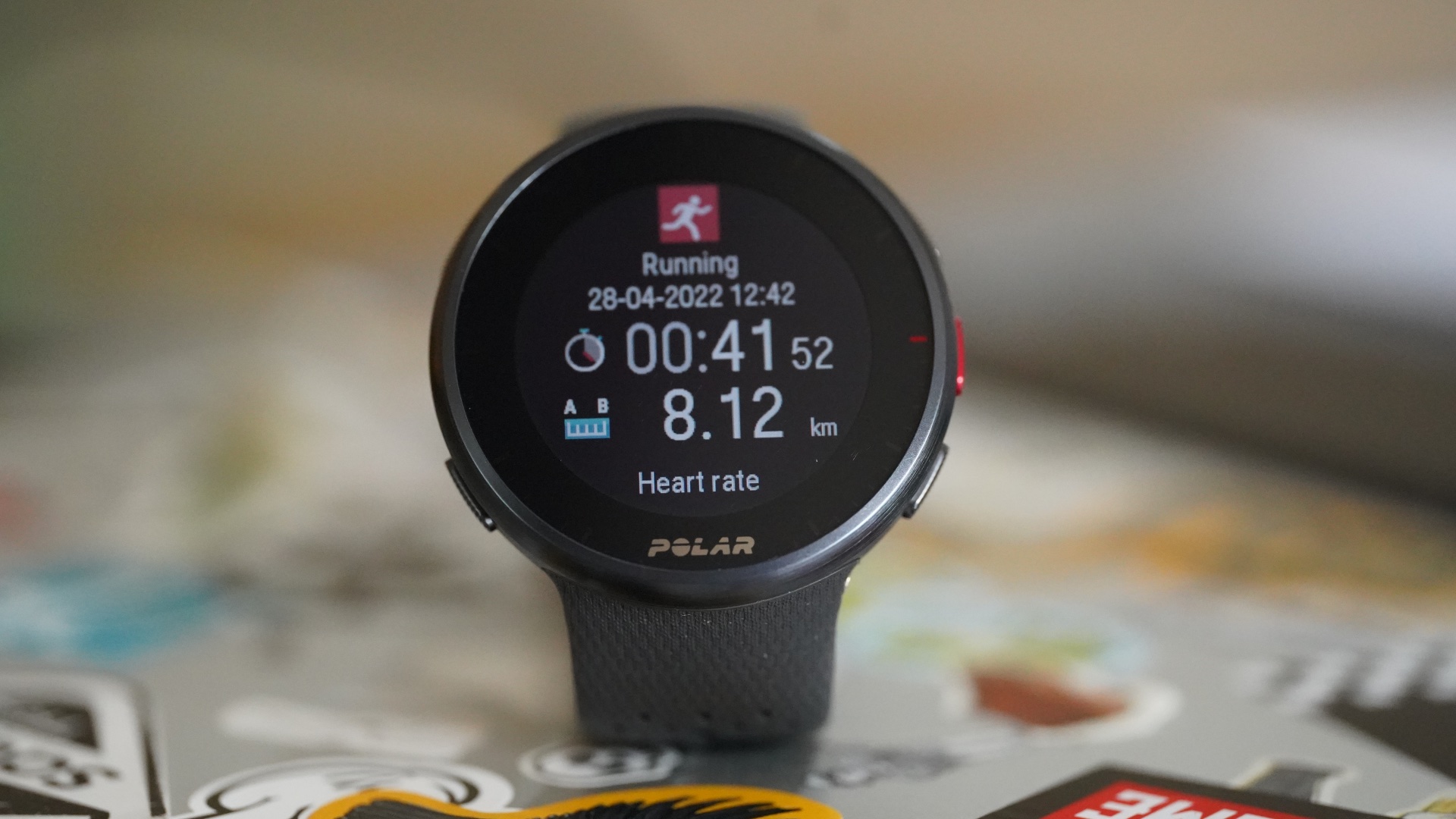
Polar Pacer Pro review: GPS accuracy
GPS accuracy was a bit of a mixed bag during testing. I used the watch for runs in multiple locations, and while the Pacer Pro behaved well in some cases, it was way off in others.
As mentioned above, many control watch was the Fenix 7X, and I didn't expect the Pacer Pro to pick the signal up quite as quickly as that; it's four times the price, after all, and has a top-tier GPS chip and system.
Generally speaking, it didn't take forever for the Pacer Pro to latch onto the signal and track my usual route reasonably accurately. However, when I took the watch to work and had a run at my lunchtime, it showed a completely different overall distance than the Fenix 7X twice.
According to the Pacer Pro, on one of these days, I ran 8.12k; the Fenix 7X said I did 8.27k. The difference was even larger on the other day: 7.63k (Pacer Pro) and 8.25k (Fenix 7X). Not sure what caused this as I waited until the Pacer Pro said it latched onto the GPS signal.
That aside – I have to investigate these 'different location anomalies' further – the Pacer Pro is an accurate enough wearable, and thanks to a faster processor, it evaluates your performance quickly after each workout, which is a real boon.
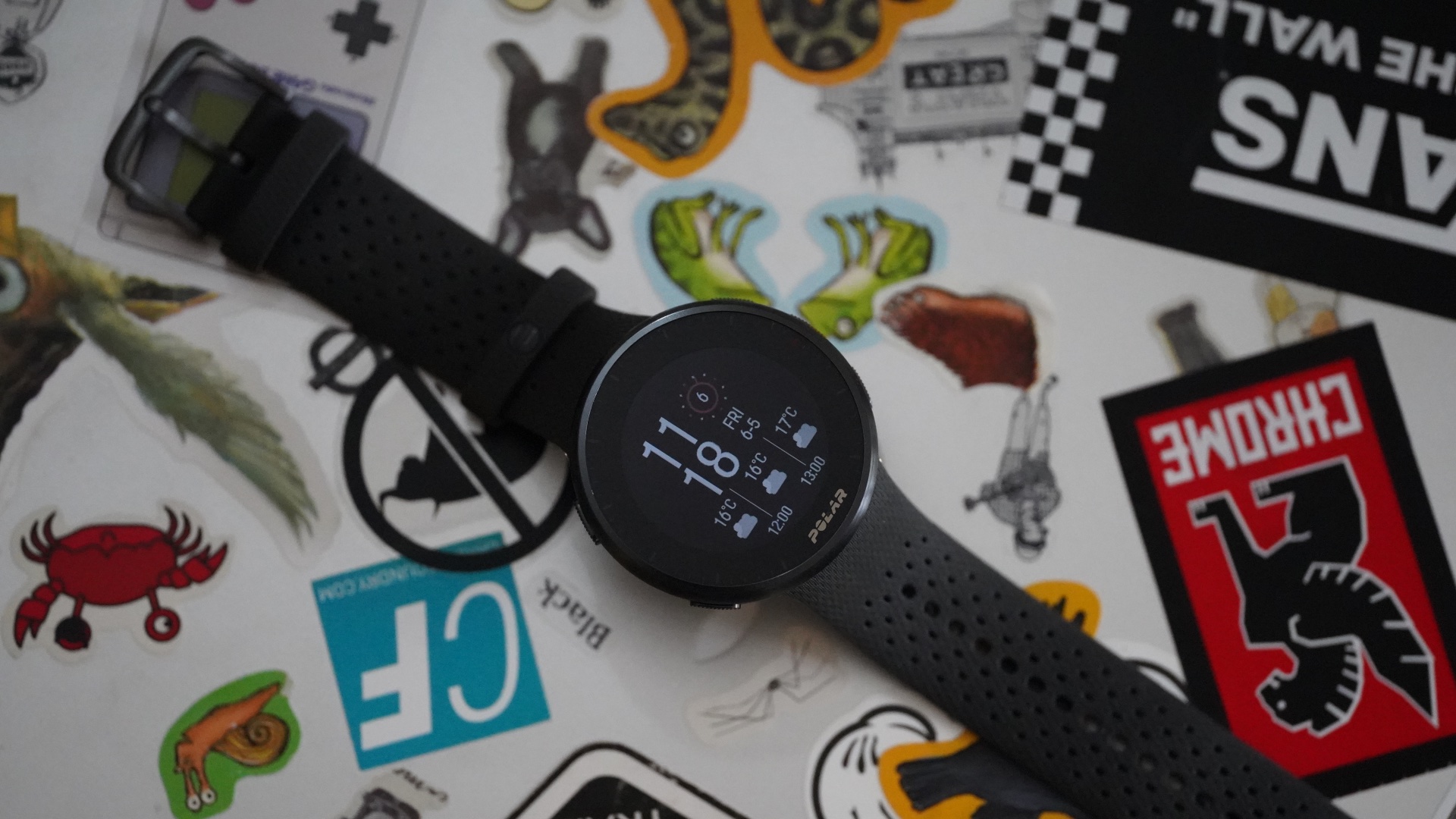
Polar Pacer Pro review: Verdict
The Polar Pacer Pro is one of the best Polar watches – this is a fact. If you aren't super keen on touch screen operation, I will say that the Pacer Pro is a better option than the flagship Vantage V2, and it's definitely better value for money.
The new screen is brighter and easier to read in broad daylight. The Pacer Pro works faster than the Vantage M2, its closest predecessor, which is evident when looking at screen transitions and load times.
The addition of extra features, such as running power and the different tests, was also a good call from Polar and further increased the 'getting your money's worth' aura of the Pacer Pro.
Sadly, though, once you zoom out and look at the broader running watch market, things will look less rosy for the Pacer Pro almost immediately. There are numerous AMOLED running watches for the same price (e.g. Huawei Watch GT Runner) or cheaper MIP watches with a more robust training ecosystem (e.g. COROS Pace 2) – why would you choose the Pacer Pro over these?
Polar needs to completely overhaul the user interface of its watches and maybe even rethink the Polar Flow app. Why can't a running watch released in 2022 connect to the app without me pressing a button? Where is my AMOLED Polar running watch? In the age when many people use the Apple Watch Series 7 for running, the Pacer Pro simply can't keep pace with its competition.
On the bright side, the Pacer Pro is a decent mid-range multisport watch, so if you're on the market for one of those, by all means, get the Polar.
Polar Pacer Pro review: Also consider
I've already mentioned a number of watches above that can be a good substitute for the Polar Pacer Pro, but there is one more I can recommend: the Garmin Forerunner 245. Garmin's best value for money running/multisport watch. It's a well-built yet light running watch that represents the perfect balance between price and functionality.
Sign up to the T3 newsletter for smarter living straight to your inbox
Get all the latest news, reviews, deals and buying guides on gorgeous tech, home and active products from the T3 experts

Matt Kollat is a journalist and content creator who works for T3.com and its magazine counterpart as an Active Editor. His areas of expertise include wearables, drones, fitness equipment, nutrition and outdoor gear. He joined T3 in 2019. His byline appears in several publications, including Techradar and Fit&Well, and more. Matt also collaborated with other content creators (e.g. Garage Gym Reviews) and judged many awards, such as the European Specialist Sports Nutrition Alliance's ESSNawards. When he isn't working out, running or cycling, you'll find him roaming the countryside and trying out new podcasting and content creation equipment.
-
 Alpine targets Porsche Macan with new A390 family EV
Alpine targets Porsche Macan with new A390 family EVRenault’s sporty sibling has the Porsche Macan in its sights
By Alistair Charlton Published
-
 HBO's new show looks like a dream (or nightmare) for true crime fans
HBO's new show looks like a dream (or nightmare) for true crime fansThe Mortician is REALLY creepy
By Max Freeman-Mills Published
-
 Why this sustainable, packable gear is the festival essential you need in 2025
Why this sustainable, packable gear is the festival essential you need in 2025If you’re trying to pack smarter and tread lighter this summer, 66°North just made it a lot easier
By Matt Kollat Published